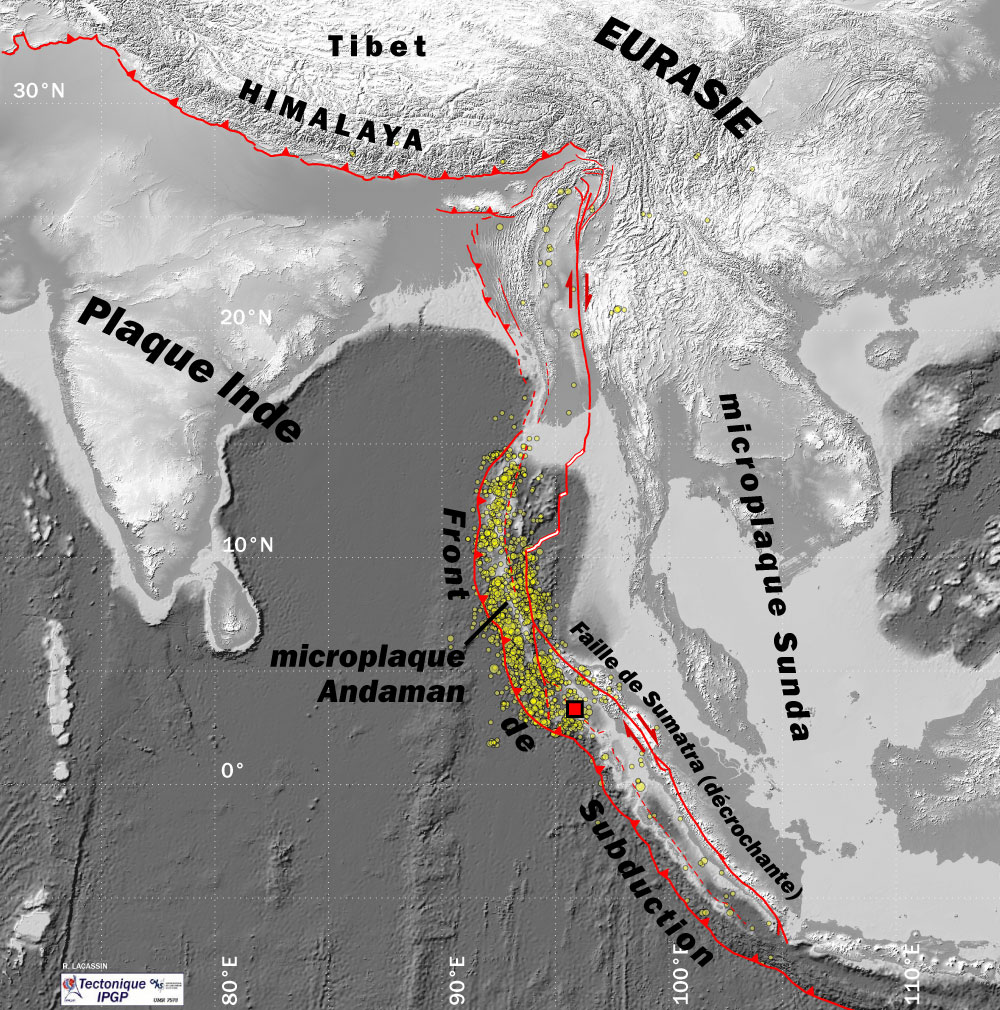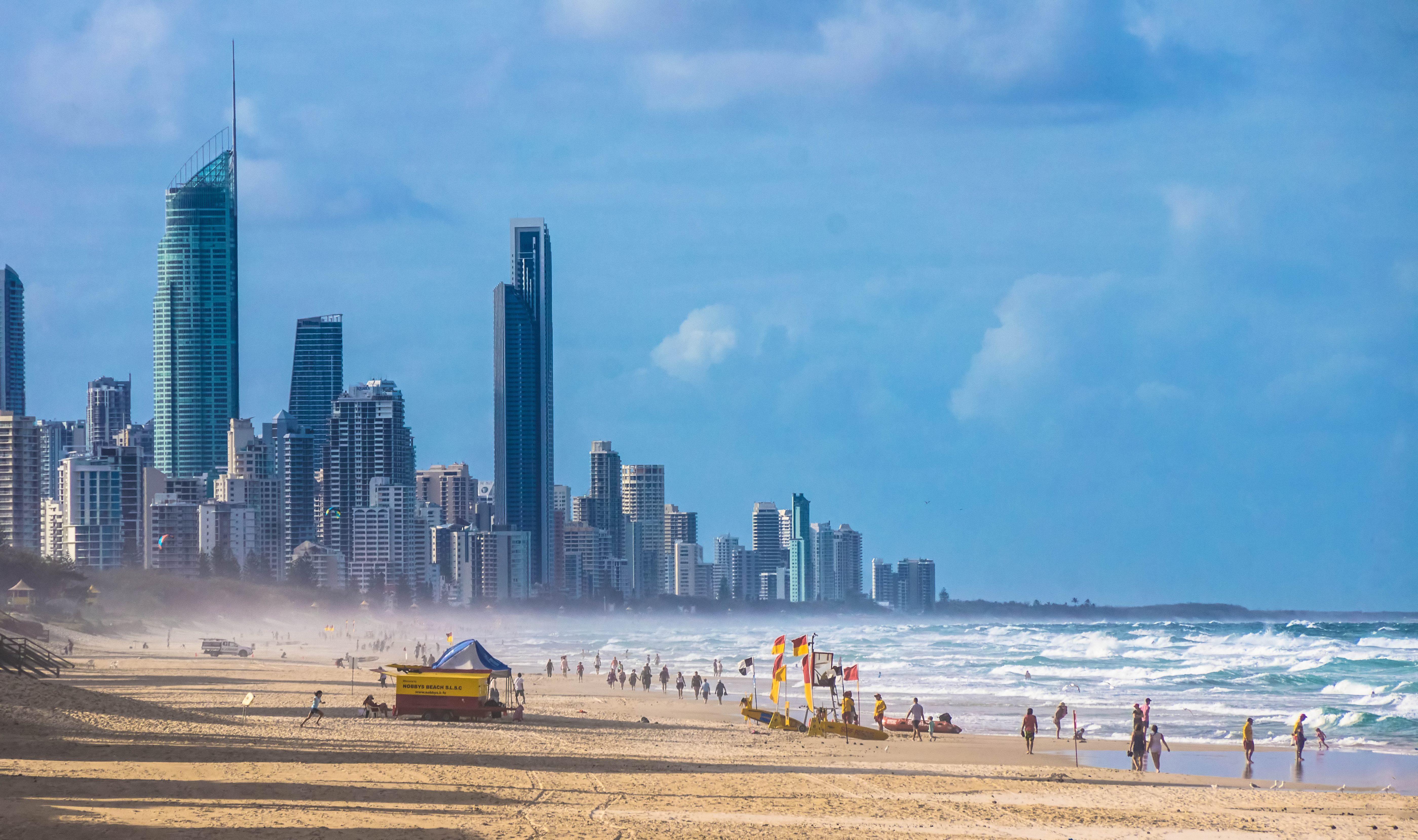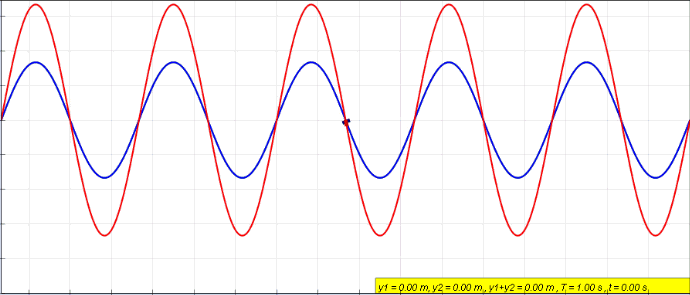|
Seawalls
A seawall (or sea wall) is a form of coastal defense constructed where the sea, and associated coastal processes, impact directly upon the landforms of the coast. The purpose of a seawall is to protect areas of human habitation, conservation, and leisure activities from the action of tides, waves, or tsunamis. As a seawall is a static feature, it will conflict with the dynamic nature of the coast and impede the exchange of sediment between land and sea. Seawall designs factor in local climate, coastal position, wave regime (determined by wave characteristics and effectors), and value (morphological characteristics) of landform. Seawalls are hard engineering shore-based structures that protect the coast from erosion. Various environmental issues may arise from the construction of a seawall, including the disruption of sediment movement and transport patterns. Combined with a high construction cost, this has led to increasing use of other soft engineering coastal management o ... [...More Info...] [...Related Items...] OR: [Wikipedia] [Google] [Baidu] |
2004 Indian Ocean Earthquake
On 26 December 2004, at 07:58:53 local time (UTC+07:00, UTC+7), a major earthquake with a magnitude of 9.2–9.3 struck with an epicenter, epicentre off the west coast of Aceh in northern Sumatra, Indonesia. The Submarine earthquake, undersea megathrust earthquake, known in the scientific community as the Sumatra–Andaman earthquake, was caused by a rupture along the fault between the Burma plate and the Indian plate, and reached a Modified Mercalli intensity scale, Mercalli intensity of IX in some areas. A massive tsunami with waves up to high, known as the Boxing Day Tsunami after the Boxing Day holiday, or as the Asian Tsunami, devastated communities along the surrounding coasts of the Indian Ocean, killing an estimated 227,898 people in 14 countries, violently in Aceh (Indonesia), and severely in Sri Lanka, Tamil Nadu (India), and Khao Lak (Thailand). The direct result was major disruption to living conditions and commerce in coastal provinces of surrounding countries. I ... [...More Info...] [...Related Items...] OR: [Wikipedia] [Google] [Baidu] |
Coastal Management
Coastal management is defence against flooding and erosion, and techniques that stop erosion to claim lands. Protection against rising sea levels in the 21st century is crucial, as sea level rise accelerates due to climate change. Changes in sea level damage beaches and coastal systems are expected to rise at an increasing rate, causing coastal sediments to be disturbed by tidal energy. Coastal zones occupy less than 15% of the Earth's land area, while they host more than 40% of the world population. Nearly 1.2 billion people live within of a coastline and of sea level, with an average density three times higher than the global average for population. With three-quarters of the world population expected to reside in the coastal zone by 2025, human activities originating from this small land area will impose heavy pressure on coasts. Coastal zones contain rich resources to produce goods and services and are home to most commercial and industrial activities. History Coastal ... [...More Info...] [...Related Items...] OR: [Wikipedia] [Google] [Baidu] |
Beach Replenishment
Beach nourishment (also referred to as beach renourishment, beach replenishment, or sand replenishment) describes a process by which sediment, usually sand, lost through longshore drift or erosion is replaced from other sources. A wider beach can reduce storm damage to coastal structures by dissipating energy across the surf zone, protecting upland structures and infrastructure from storm surges, tsunamis and unusually high tides. Beach nourishment is typically part of a larger integrated coastal zone management aimed at coastal defense. Nourishment is typically a repetitive process because it does not remove the physical forces that cause erosion; it simply mitigates their effects. The first nourishment project in the United States was at Coney Island, New York in 1922 and 1923. It is now a common shore protection measure used by public and private entities. History The first nourishment project in the U.S. was constructed at Coney Island, New York in 1922–1923. Before ... [...More Info...] [...Related Items...] OR: [Wikipedia] [Google] [Baidu] |
Wave Overtopping
Wave overtopping is the time-averaged amount of water that is discharged (in liters per second) per structure length (in meters) by wind waves, waves over a structure such as a breakwater (structure), breakwater, revetment or levee, dike which has a crest height above still water level. When waves break over a dike, it causes water to flow onto the land behind it. Excessive overtopping is undesirable because it can compromise the integrity of the structure or result in a safety hazard, particularly when the structure is in an area where people, infrastructure or vehicles are present, such as in the case of a dike fronting an esplanade or densely populated area. Wave overtopping typically transpires during extreme weather events, such as intense storms, which often elevate water levels beyond average due to wind setup. These effects may be further intensified when the storm coincides with a high spring tide. Excessive overtopping may cause damage to the inner slope of the di ... [...More Info...] [...Related Items...] OR: [Wikipedia] [Google] [Baidu] |
Clapotic
In hydrodynamics, a clapotis (from French for "lapping of water") is a non-breaking standing wave pattern, caused for example, by the reflection of a traveling surface wave train from a near vertical shoreline like a breakwater, seawall or steep cliff. The resulting ''clapotic'' wave does not travel horizontally, but has a fixed pattern of nodes and antinodes. These waves promote erosion at the toe of the wall, and can cause severe damage to shore structures. The term was coined in 1877 by French mathematician and physicist Joseph Valentin Boussinesq who called these waves 'le clapotis' meaning "the lapping". In the idealized case of "full clapotis" where a purely monotonic incoming wave is completely reflected normal to a solid vertical wall, the standing wave height is twice the height of the incoming waves at a distance of one half wavelength from the wall. In this case, the circular orbits of the water particles in the deep-water wave are converted to purely linear motion ... [...More Info...] [...Related Items...] OR: [Wikipedia] [Google] [Baidu] |
Dike Construction
A levee ( or ), dike (American English), dyke (British English; see spelling differences), embankment, floodbank, or stop bank is an elevated ridge, natural or artificial, alongside the banks of a river, often intended to protect against flooding of the area adjoining the river. It is usually earthen and often runs parallel to the course of a river in its floodplain or along low-lying coastlines. Naturally occurring levees form on river floodplains following flooding. Sediment and alluvium are deposited on the banks and settle, forming a ridge that increases the river channel's capacity. Alternatively, levees can be artificially constructed from fill, designed to regulate water levels. In some circumstances, artificial levees can be environmentally damaging. Ancient civilizations in the Indus Valley, ancient Egypt, Mesopotamia and China all built levees. Today, levees can be found around the world, and failures of levees due to erosion or other causes can be major disast ... [...More Info...] [...Related Items...] OR: [Wikipedia] [Google] [Baidu] |
Vertical Seawall
Vertical is a geometric term of location which may refer to: * Vertical direction, the direction aligned with the direction of the force of gravity, up or down * Vertical (angles), a pair of angles opposite each other, formed by two intersecting straight lines that form an "X" * Vertical (music), a musical interval where the two notes sound simultaneously * "Vertical", a type of wine tasting in which different vintages of the same wine type from the same winery are tasted * Vertical Aerospace, stylised as "Vertical", British aerospace manufacturer * Vertical kilometer, a discipline of skyrunning * Vertical market, a market in which vendors offer goods and services specific to an industry * Vertical integration, a management term describing a style of ownership and control Media * ''Vertical'' (film), a 1967 Soviet movie starring Vladimir Vysotsky * "Vertical" (''Sledge Hammer!''), 1987 television episode * ''Vertical'' (novel), 2010 novel by Rex Pickett * Vertical (film comp ... [...More Info...] [...Related Items...] OR: [Wikipedia] [Google] [Baidu] |
Standing Wave
In physics, a standing wave, also known as a stationary wave, is a wave that oscillates in time but whose peak amplitude profile does not move in space. The peak amplitude of the wave oscillations at any point in space is constant with respect to time, and the oscillations at different points throughout the wave are in phase. The locations at which the absolute value of the amplitude is minimum are called node (physics), nodes, and the locations where the absolute value of the amplitude is maximum are called antinodes. Standing waves were first described scientifically by Michael Faraday in 1831. Faraday observed Faraday wave, standing waves on the surface of a liquid in a vibrating container. Franz Melde coined the term "standing wave" (German: ''stehende Welle'' or ''Stehwelle'') around 1860 and demonstrated the phenomenon in his classic experiment with vibrating strings. This phenomenon can occur because the medium is moving in the direction opposite to the movement of th ... [...More Info...] [...Related Items...] OR: [Wikipedia] [Google] [Baidu] |
Sapling
In botany, a tree is a perennial plant with an elongated stem, or trunk, usually supporting branches and leaves. In some usages, the definition of a tree may be narrower, e.g., including only woody plants with secondary growth, only plants that are usable as lumber, or only plants above a specified height. But wider definitions include taller palms, tree ferns, bananas, and bamboos. Trees are not a monophyletic taxonomic group but consist of a wide variety of plant species that have independently evolved a trunk and branches as a way to tower above other plants to compete for sunlight. The majority of tree species are angiosperms or hardwoods; of the rest, many are gymnosperms or softwoods. Trees tend to be long-lived, some trees reaching several thousand years old. Trees evolved around 400 million years ago, and it is estimated that there are around three trillion mature trees in the world currently. A tree typically has many secondary branches supported clear of ... [...More Info...] [...Related Items...] OR: [Wikipedia] [Google] [Baidu] |
Coconut
The coconut tree (''Cocos nucifera'') is a member of the palm tree family (biology), family (Arecaceae) and the only living species of the genus ''Cocos''. The term "coconut" (or the archaic "cocoanut") can refer to the whole coconut palm, the seed, or the fruit, which botanically is a drupe, not a Nut (fruit), nut. Originally native to Central Indo-Pacific, they are now ubiquitous in coastal tropical regions and are a cultural icon of the tropics. The coconut tree provides food, fuel, cosmetics, folk medicine and building materials, among many other uses. The inner flesh of the mature seed, as well as the coconut milk extracted from it, forms a regular part of the diets of many people in the tropics and subtropics. Coconuts are distinct from other fruits because their endosperm contains a large quantity of an almost clear liquid, called "coconut water" or "coconut juice". Mature, ripe coconuts can be used as edible seeds, or processed for Coconut oil, oil and Coconut milk, ... [...More Info...] [...Related Items...] OR: [Wikipedia] [Google] [Baidu] |






